Carbon emissions from generating electricity for electric vehicles vary greatly across the individual US states
Green Car Congress
MAY 1, 2023
These results indicate that coal and oil are the energy sources leading to most emissions, and that hydro, wind, and nuclear are the energy sources leading to least emissions. On the two extremes, coal and oil result in about 176 times the emissions from hydro. Nuclear 0 0 Wind 2.5 Natural gas 87.9 Geothermal 16.5



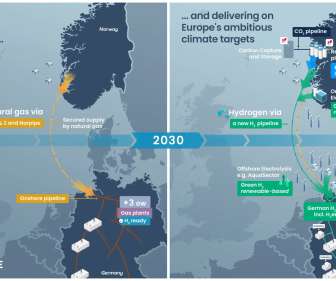
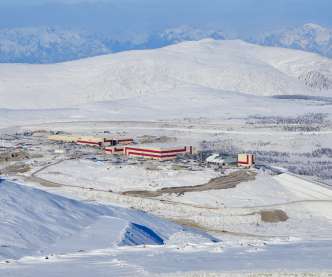



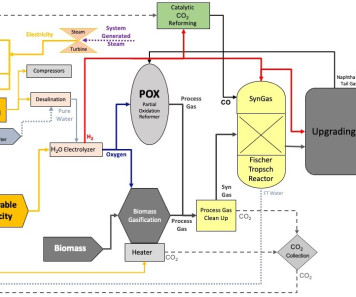

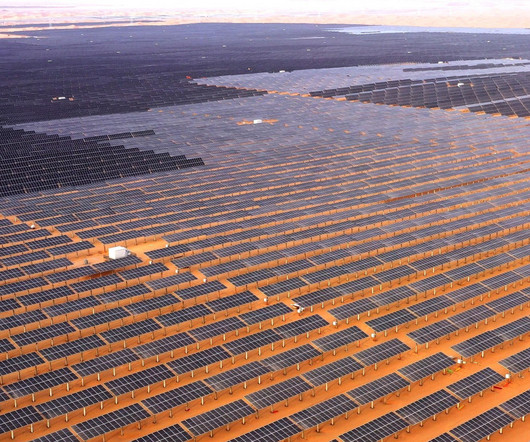

















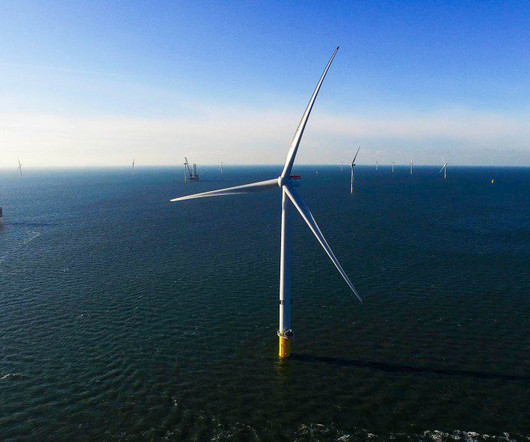





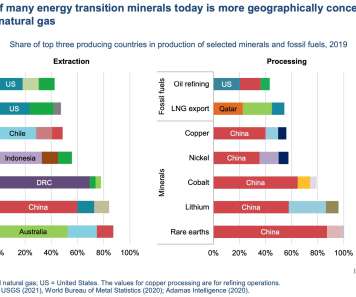










Let's personalize your content